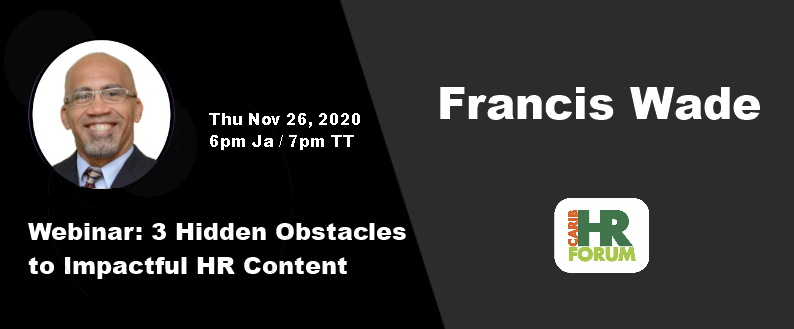If, like most leaders, you are struggling with the rude COVID-19 surprise, consider that this is just the beginning of a new normal. Some say there are other massive disruptions on the horizon. Perhaps one way to cope is to redefine what it means to be a learning organization.
Back in the early 1990’s I attended a training offered by Peter Senge’s company. He’s the author of The 5th Discipline – The Art and Practice of the Learning Organization. The concept was a great one – organizations needed to focus on learning in order to adapt to changing times.
However, that was before the advent of email or the internet. In today’s context, what we thought were “changing times” looks to be quaint.
For example, in the past few weeks, as a leader you have been forced to become competent in pandemic crisis management. Consequently, you can now define a number of brand new terms: social distancing, self-quarantine and “non-essential worker.”
Furthermore, your organization has picked up some fresh skills, albeit in bits-and-pieces: scheduling staff to minimize contact, limiting viral transmissions, enabling work from home and determining critical functions.
To fill these gaps, you have spoken with other executives, listened to the business news, used Google searches, and perhaps even hired subject matter experts. Unfortunately, for most companies, this has been a hit-or-miss affair. In other words, your organizational learning has taken place by “Buck-Up.”
Some CEO’s thrive on high-stress challenges such as this one. But most people don’t. Instead, they want a systematic way to develop the skills and knowledge needed to coast through any future disruption. How can your organization respond effectively to the next challenge?
1. Learn from the Covad-19 Learning Gaps
The best leaders noticed that their organization was caught in a situation where critical knowledge was missing. Even if it had a generic disaster recovery plan, the nature of this disruption defies ones anticipated by textbooks.
Instead, leaders realize that the company which can learn quickly, especially in a crisis, would be the one that has the advantage. Rather than being stalled, it would rapidly assess the threat. The gaps found would be converted into learning content to be disseminated within hours to those who need to use it: board, stockholders, executives, managers, workers, customers, suppliers, et al.
Unfortunately, too many companies rely on the fact that the CEO is a smart, capable person. While this is often true (especially in small organizations) it’s a mistake to equate individual learning with organizational learning.
The latter is far more powerful and seeks to equip the entire company with capabilities which endure long past the tenure of any particular person.
2. Empower a New Learning and Development Specialist
It’s one thing to identify the need for this kind of rapid learning, but the question is: “Who should manage it?” Most companies have shed whatever training people they once had in prior budget cuts. Plus, the landscape has changed. Years ago, employees sat in three-day Microsoft Windows or Excel workshops. Today, the idea of sitting in a classroom to learn how to use an app is a joke.
The need for this kind of trainer has disappeared.
However, at the same time, the requirement for someone to take charge of organizational learning in challenging moments is evident. But this is not the same small skill-set trainers used to have. What kind of capabilities should this individual possess?
3. The New Learning Skills
Today, this person would be a kind of crisis-manager, but not one that addresses the issue directly. Instead, they would be concerned with uncovering the learning that’s required to solve the problem in the mid-term, so that it never recurs. As such, they’d require a blend of technical and change management skills, plus the ability to respond within days, if not hours.
In addition, this person should also be a quality diagnostician, able to discern the true learning gaps inherent in novel challenges. In a flash, they can analyze new technologies, alliances, distribution networks, supply chains, government regulations and other kinds of unique threats and opportunities. Due to the importance of their work, they would behave more like entrepreneurs than bureaucrats.
Finally, they would also need to think of innovative ways to get people to learn. A CTO-friend of mine developed a practice of assigning brand new technologies to members of his team. Their job? To research the area and deliver a training program to his colleagues after a month or two of intense study. It was a low-tech solution to a very high-tech problem.
This is a simple example. But it reflects the out-of-the-box thinking a learning expert would have to do to prepare your organization for its next rude surprise.


